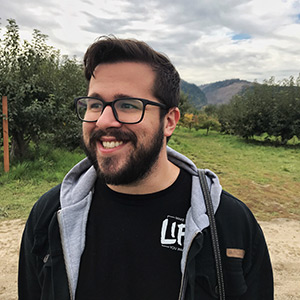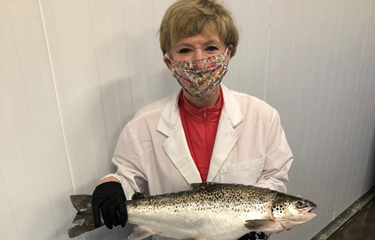After a long wait and setbacks due to the COVID-19 pandemic genetically engineered salmon farmer AquaBounty Technologies has finally begun to harvest its first round of its genetically engineered AquAdvantage salmon, and are shipping orders out to customers.
Additionally, AquaBounty announced the approval of its application to Brazil’s National Biosafety Technical Commission for the sale of its GE salmon in Brazil, effectively expanding the company’s sales network into the South American market. CTNBio’s approval of AquAdvantage salmon joins that of the U.S. Food and Drug Administration and Health Canada.
“This is another significant achievement for AquaBounty as we seek to expand our presence into new international markets,” AquaBounty President and CEO Sylvia Wulf said in a press statement. “This approval now enables us to seek production and distribution partners in Brazil, the largest and most populated country in South America with significant demand for salmon.”
In early May, the company announced that purchase orders for the first harvest of five metric tons were complete and sold out.
“We are thrilled to commence commercial-scale harvesting of our GE salmon at our Indiana farm,” AquaBounty President and CEO Sylvia Wulf said in a press statement. “The first weeks of our harvest supply are fully committed and our customers are excited to introduce the salmon in their markets. We will continue to ramp up production to the farm’s full capacity throughout the course of the year.”
Which companies are purchasing AquaBounty’s initial shipments of AquAdvantage salmon is still a mystery. Aside from Philadelphia, Pennsylvania, U.S.A.-based wholesale restaurant supplier Samuels & Sons, which made its plans to sell the GE salmon known this spring, customers have remained quiet, potentially to limit public pushback from environmental groups that have protested the development of the product.
“We heard a lot of great feedback from the sampling process,” Wulf told SeafoodSource at the time. “What we were really looking for was feedback on color and flavor. The color has looked good, the texture has been good. The feedback that we've had is that the flavor is clean, but it doesn't taste like wild-caught. We believe that milder, clean salmon taste will actually attract more consumers into the category.”
Photo courtesy of AquaBounty







